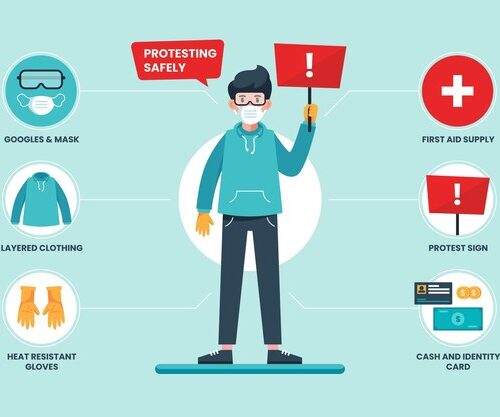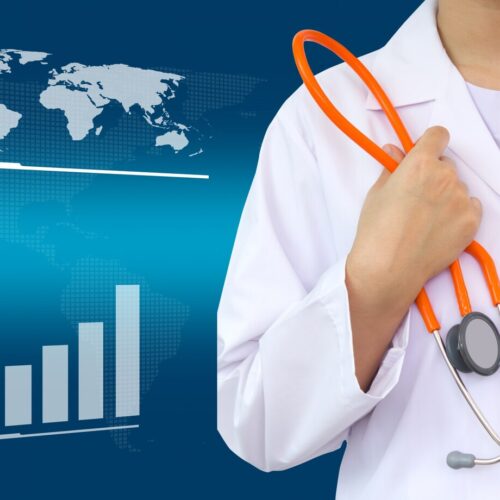Most healthcare organizations and medical practices understand that Health Insurance Portability and Accountability Act (HIPAA) was created to safeguard the confidentiality, privacy and security of patients’ personal health information (PHI) and compliance is crucial to avoid legal penalties, financial losses, and reputational damage. However, still HIPAA-related incidents have been rapidly increasing over recent years. In...
Category: Compliance Topics
What is Cybersecurity Awareness Training and Why is it Necessary?
Cybersecurity awareness training is the process of educating employees about the importance of cybersecurity and how to identify potential threats and respond appropriately. By educating workers on best practices for prevention, healthcare organizations can reduce the risk of breaches, cyberattacks and other threats. Investing in cybersecurity awareness training is a proactive approach to reducing the risk...
8 Most Frequently Asked Questions About OSHA
OSHA Training and its program requirements are common topics of concern among healthcare and safety professionals. Effective training is required by the Occupational Safety and Health Administration (OSHA) to assure a safe and healthy workplace for employees. In this article, we will discuss some of the most frequently asked questions about OSHA and review training...
The Benefits of Harassment and Discrimination Training and Why it is Necessary
More harassment and discrimination training is necessary in most workplaces. According to a recent report by Glassdoor, 61% of U.S. employees have experienced or witnessed discrimination in the workplace based on age, race, gender, or sexual orientation. Additionally, more than one in five employees — 23% — worldwide have experienced violence or harassment at work. Harassment and discrimination...
What You Need to Know About Preventing Workplace Violence in Healthcare
Workplace violence in healthcare is a serious issue that has become increasingly worse over the past decade. The Bureau of Labor Statistics reported that injuries from violent attacks against medical professionals grew by 63% from 2011 to 2018. The COVID-19 pandemic has also placed significant stress on the healthcare system, and the aggression against medical staff has...
What You Need to Know About Healthcare Compliance Programs
A robust healthcare compliance program is fundamental to ensuring that healthcare organizations operate within the bounds of regulatory requirements while maintaining the highest standards of ethical conduct. These programs are designed to prevent, detect, and respond to violations of laws, regulations, and company policies. As the healthcare industry continues to evolve, particularly in terms of...
5 Best Practices for HIPAA Compliant Texting
Texting is a convenient and reliable way for healthcare organizations and providers to communicate with their patients. It is ideal for keeping up with appointments, reminders, payments, and other practice communications. While most people, including patients, prefer texting because it’s quick and easy, providers and their staff must comply with the Health Insurance Portability and...
8 Patient Safety Facts for Patient Safety Week
National Patient Safety Week is March 14-20. This week is dedicated to growing awareness about patient safety, learning more about healthcare safety, and recognizing the work already being achieved. While much progress has been made in patient safety over the past couple of decades, estimates suggest that medical harm is still a leading cause of...
OSHA and HIPAA Training
Many of us were pleased to say goodbye 2020. As we look ahead to a new year, it is important to keep in mind that while OSHA and HIPAA training are still required, virtual options are available. Below are several things to consider as your organization plans for training in 2021: OSHA and HIPAA Training:...
2017 National Health Expenditures Highlights
CMS released the 2017 National Health Expenditures, and overall health spending saw growth, however, less than 2016. National health spending increased by 3.9% reaching $3.5 trillion, or $10,739 per person and accounted for 17.9% of Gross Domestic Product (GDP). Below are some of the highlights from the report: Health Spending by Type of Service or...









